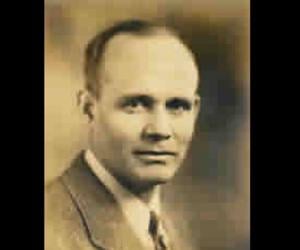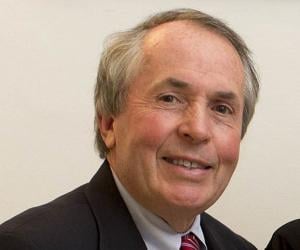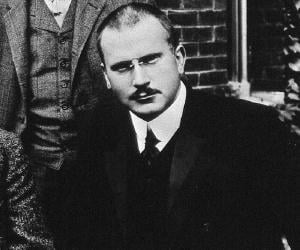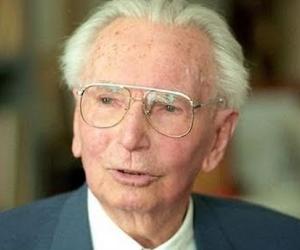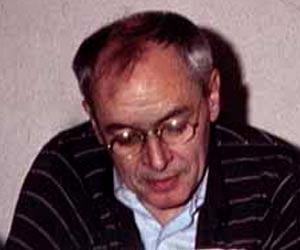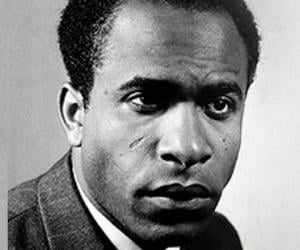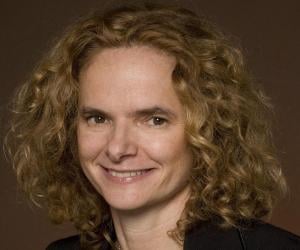Widely regarded as the father of analytical psychology, Carl Jung is one of the most important contributors to symbolization and dream analysis. The concepts of socionics and a popular psychometric instrument called Myers-Briggs Type Indicator (MBTI) were developed from Jung's theory. Apart from working as a psychiatrist and psychoanalyst, Carl Jung was also an artist, craftsman, builder, and prolific writer.
Austrian psychiatrist Viktor Frankl founded logotherapy. He also authored several books, most notably his bestselling autobiographical depiction of his ordeal at various Nazi concentration camps, Man's Search for Meaning. He had lost his parents, brother, and wife in the Holocaust. He later won honors such as the Oskar Pfister Award.
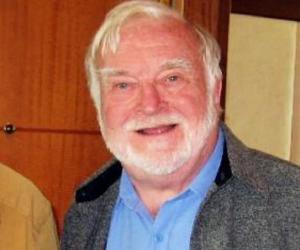
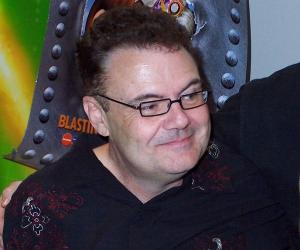
Psychiatrist R. D. Laing was known for his different perspective on mental illnesses, particularly psychosis. Known as anti-psychiatry, his theory of resolving mental ailments opposed the age-old shock therapy. His written works include The Divided Self. He was also a talented poet and had fathered 10 children by four women.
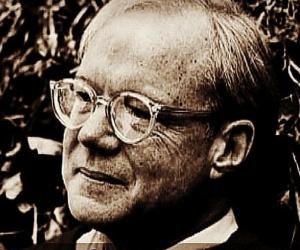
Frantz Fanon was a French-West Indian born in Martinique, a former French colony. A skilled psychiatrist and physician, he realized the impact of colonialism on the human mind while treating French soldiers and Algerians. The author of books such as The Wretched of the Earth, Fanon supported the Algerian independence movement.
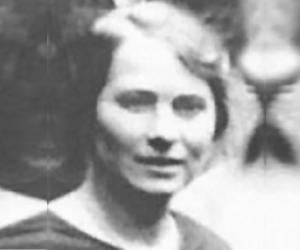
Sabina Spielrein was a Russian physician who also worked as a psychoanalyst, psychiatrist, and teacher during an illustrious professional career that spanned 30 years. A pioneer of psychoanalysis, Spielrein was the first person to bring in and popularize the concept of the death instinct. Sabina Spielrein was also one of the earliest psychoanalysts to study schizophrenia in detail.
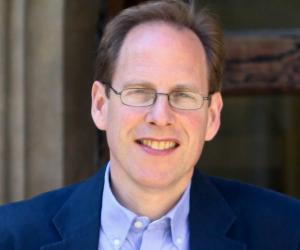
British clinical-psychologist Simon Baron-Cohen is noted for making significant contributions in fields like autism-neuroimaging, autism-genetics, and synaesthesia, and his services to autistic people, for which he was knighted in the 2021 New Year Honours. He formulated mind-blindness theory and fetal-sex-steroid theory of autism and presently serves as a professor at the University of Cambridge and director of the university's Autism Research Centre.

Andrea Dotti was an Italian psychiatrist. He specialized in treating women with depression and was the assistant director of Rome University's psychiatric department. He was also a skier, tennis player, dancer, and art collector. He was married to famous actress Audrey Hepburn from 1969 to 1982, and the couple had one son. Dotti had several affairs during their marriage.
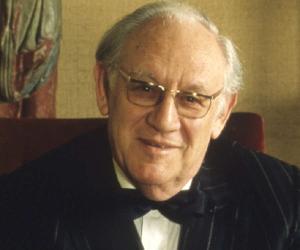
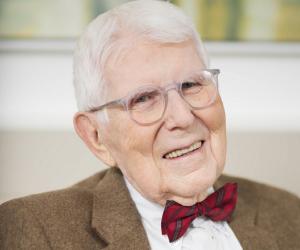
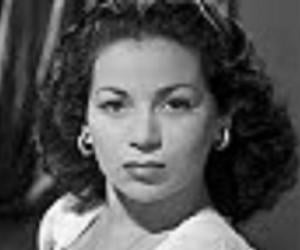
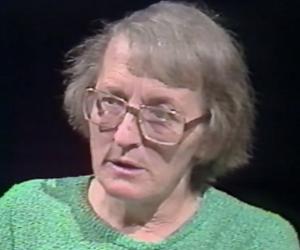
Best known for her pathbreaking bestseller On Death and Dying, Swiss-American psychiatrist Elisabeth Kübler-Ross also made pioneering research in areas such as near-death studies. Her five stages of grief, or the Kübler-Ross model, has been adopted by corporates to help employees deal with loss and change.
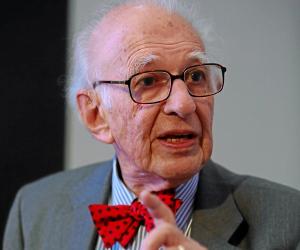
Nobel Prize-winning neurobiologist Eric Kandel is known for his research on the role of synapses in memory and learning. An Austrian Jew, he left his country with his family and moved to the U.S. in the wake of anti-Semitism. A doctor, specializing in psychiatry, he later taught at Columbia University.
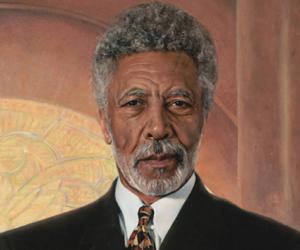
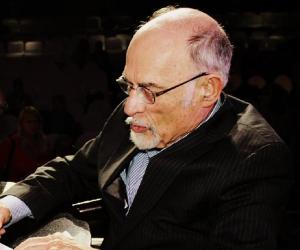
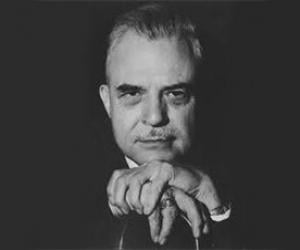
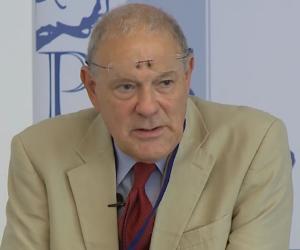
Anthony Malcolm Daniels, better known by his pseudonym, Theodore Dalrymple, has worked as a physician in many African countries, such as Tanzania and Zimbabwe. The retired consultant psychiatrist and prison doctor is now known for his social and culture critiques in City Journal and other publications.
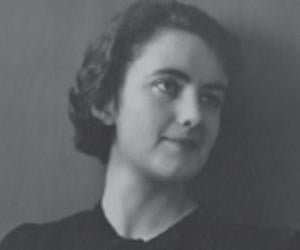
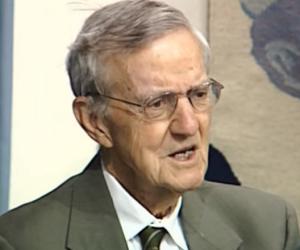
Canadian-American psychiatrist and University of Virginia School of Medicine professor Ian Stevenson believed he had developed his love for the paranormal from his mother, who maintained a well-stocked library on theosophy. His studies included unearthing children’s past life memories. He also penned books such as Reincarnation and Biology.
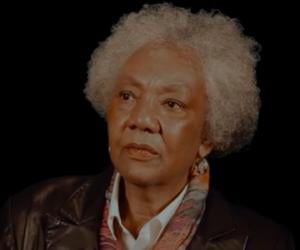

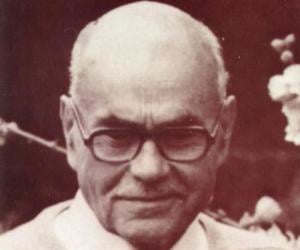
Born in British India, Wilfred Bion grew up to be a prominent psychoanalyst. He had fought during World War I. He is best remembered for his work on group dynamics and the object relations theory. He was also part of the Tavistock group of psychologists who founded the Tavistock Institute.
Mexican-born Nora Volkow studied medicine in her country, before moving to New York University, where she became a Laughlin Fellow. Now the director of the National Institute on Drug Abuse, she was the first to prove that drug abuse is a brain disease. She was featured at TEDMED 2014.

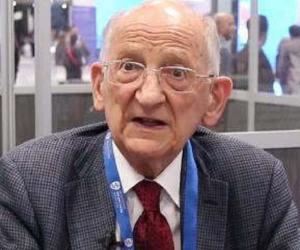
After fleeing to Chile with his family during the Nazi regime, Otto F. Kernberg studied medicine and then psychiatry. He eventually moved to the U.S. on a Rockefeller fellowship and grew up to be one of the finest psychoanalysts of the country. He now teaches at the Weill Cornell Medicine.

Suzanne Mallouk ran away from her Canada home and moved to New York, where she took up odd jobs to finance her art career. She supported a penniless Jean-Michel Basquiat grow into a wealthy artist and became a muse for his paintings. She later became a practicing psychiatrist.
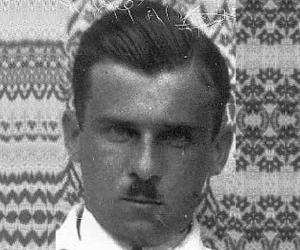
Best known for leading the mass killing of Jews at the Treblinka extermination camp, psychiatrist Irmfried Eberl was eventually dismissed from his post because of his inefficiency in disposing of the bodies and thus causing a cremation backlog. Following the war, he hanged himself before being tried for his crimes.
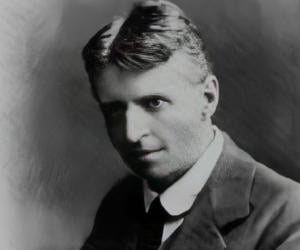
Born to renowned criminologist Hans Gross, Otto Gross initially worked with his father but later deviated to depth psychology. It is believed, he was a liberal drug user and an advocate of polyamory. He apparently allowed his wife to have sexual relationships with other men, often participating as an observer.
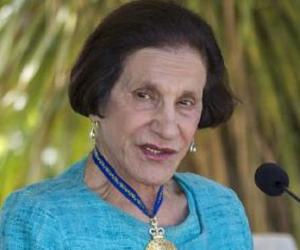
Marie Bashir created history when she became the first female governor of New South Wales. A doctor, too, she was initially associated with children’s hospitals and later focused on psychiatry. She also worked for the mentally ill and homeless people from the Aboriginal community of Australia.
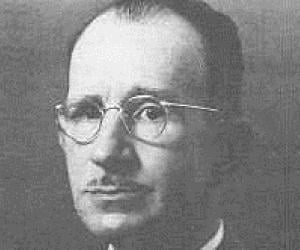
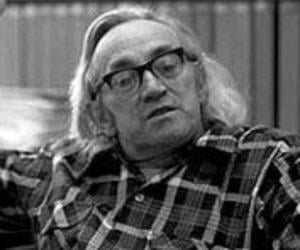
Best known for his world-renowned bestselling sex manual The Joy of Sex and its equally successful follow-up books, British physician Alex Comfort had earned the nickname “Dr. Sex.” He had also written extensively on aging. He had apparently lost his left hand, except his thumb, in a gunpowder experiment.

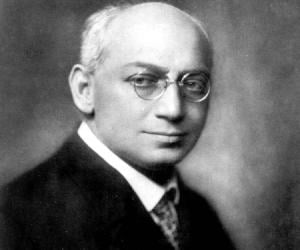
Sándor Ferenczi is best remembered for his research on free association and the psychoanalytic theory. Initially an army doctor, he specialized in subjects such as neuropathology and hypnosis. He was also close to Sigmund Freud and later taught at the University of Budapest. He also established the Hungarian Psychoanalytic Society.
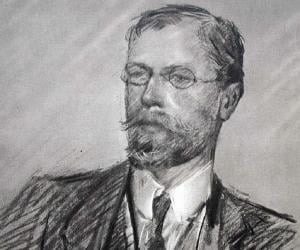
Axel Munthe was a Swedish-born psychiatrist and medical doctor. He is best remembered for writing an autobiographical work titled The Story of San Michele. Munthe often risked his own life to offer medical help during war, plague, and disaster. He also treated the poor without charge. Axel Munthe was also a well-known animal rights activist.

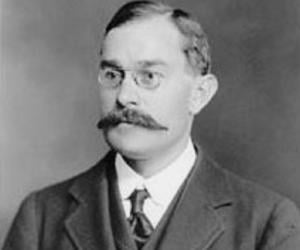
English anthropologist and psychologist W. H. R. Rivers is best remembered for his work on the Todas of the Nilgiri Hills. A qualified physician, he also taught at Cambridge and worked extensively on medical psychology. One of his best-known works is Kinship and Social Organisation.
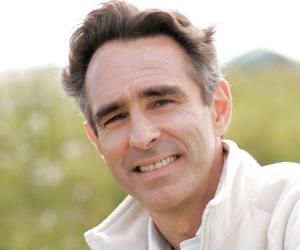
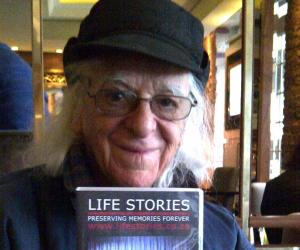
South African psychiatrist Joseph Wolpe, a leading figure in behaviour therapy, is noted for his reciprocal inhibition methods, especially for developing systematic desensitization. He also developed Subjective Units of Disturbance Scale and created Fear Survey Plan and Subjective Anxiety Scale. He was ranked as the 53rd most-cited psychologist of the twentieth-century in a 2002 survey of Review of General Psychology.
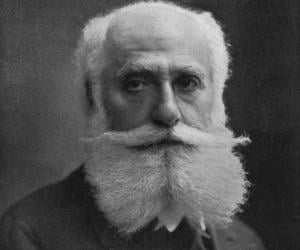
Hungarian physician and author Max Nordau was the son of a rabbi. After practicing medicine in Budapest for a while, he went to Paris and began writing for Neue Freie Presse. A major figure behind the Zionist Organization, he penned The Conventional Lies of Our Civilization, which was banned in several countries.
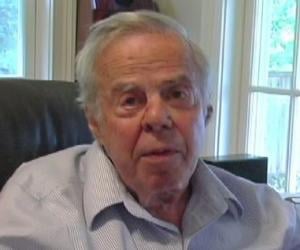
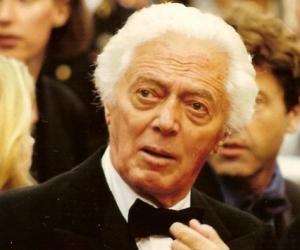
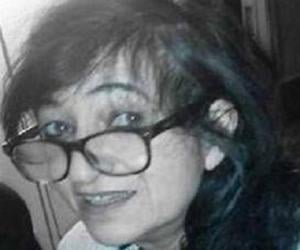
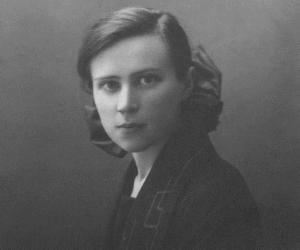
Born to a Jewish family in southern Lithuania that was well-respected among the community, Bluma Zeigarnik grew up to be a renowned psychologist. She is best remembered for discovering what is known as the Zeigarnik effect, or the phenomenon of remembering incomplete tasks better than complete ones.
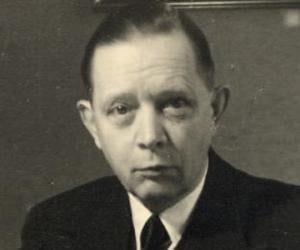
German psychiatrist Ernst Kretschmer believed that mental illnesses and personality traits could be linked to the types of bodies people possess. He treated hysteria patients as a military doctor in World War I. Though he opposed the Nazi regime, he stayed in Germany throughout World War II.
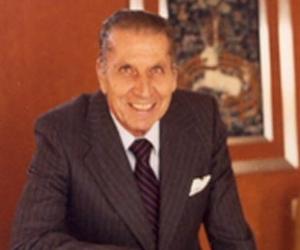
José Manuel Rodriguez Delgado was a Spanish scientist, psychiatrist, and educator. He is best remembered for his association with the Yale University, where he worked as a professor of neurophysiology. José Manuel Rodríguez Delgado is also remembered for his research on mind control with the help of electrical stimulation of the brain.
